C Special is the latest addition to the DyoFix range. It was developed during trials to see if the invasive species Crassula Helmsii could be controlled using dyes. The trials are ongoing and early indications are that the use of dye in water is proving to be the best method of all the others tried so far. C Special has also been used to slow down or halt the growth of Chara, an algae that has the appearance of a weed. Crassula and Chara, both of them having the initial C, are responsible for the name of the product. Some rooted weeds require low levels of light in order to grow and DyoFix C Special, being a combination of DyoFix Pond Blue and DyoFix Lake Shadow reflects as much light as possible away from the base of a lake and still leave water transparent. The resulting colour of water is a darker shade than DyoFix Pond Blue on its own, but it is still a very pale tint. DyoFix C Special is generally only used in larger lakes so we have packaged it in 250gm water soluble sachets - this size of pack makes the usage calculation easier as 1 sachet is used for every million litres of water to be treated. Just 1 Kg will treat 4 million litres Dyofix C Special is supplied in 1 Kg boxes containing 4 x 250g water soluble sachets The individual sachets ensure even distribution in larger lakes. One kilogram box will treat up to 4 million litres of lake water. Application methods: By supplying powders in 250gm water soluble sachets it is easy to calculate the number required to dose a lake or pond. In large lakes, if a boat is being used, simply drop sachets in different areas where they will dissolve releasing the C Special. By spreading the area, the time taken for the C Special to fully mix with the water is reduced. Using sachets where a boat is not available. Facing the water with a breeze coming from behind, drop a few sachets along the edge and throw the others into the water. The breeze will move the water and C Special will dissolve and mix in quite freely. C Special will fully mix with all of the water using this method but may take a little longer. Reference Samples If reference samples are desired, it is suggested that these should be taken at least a week after the initial application. Samples should be in clear containers with a secure lid, labelled with the date and location and stored in a dark place. An initial comparison to tap water will show the amount of colour present in the water. | 

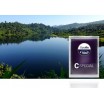




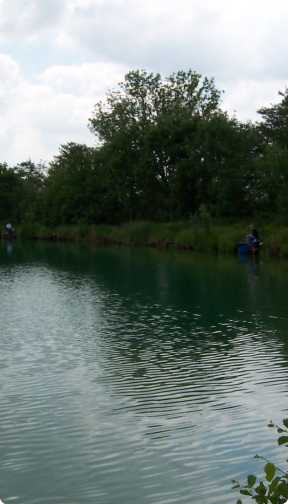
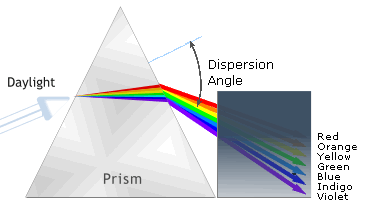
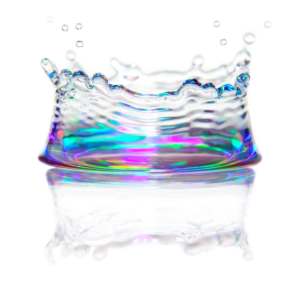

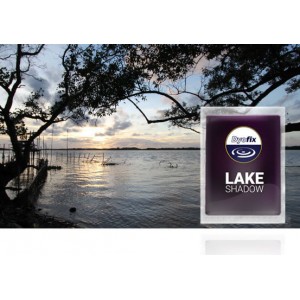

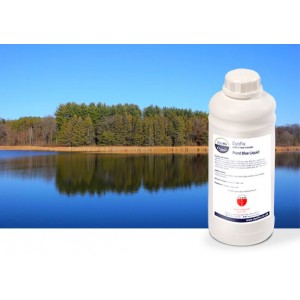
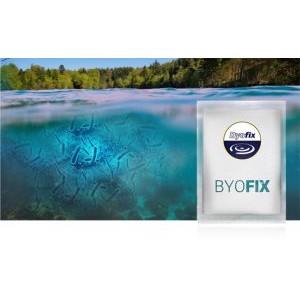

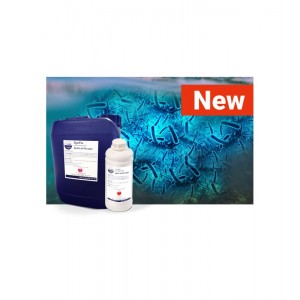
 My loyalty points
My loyalty points My alerts
My alerts